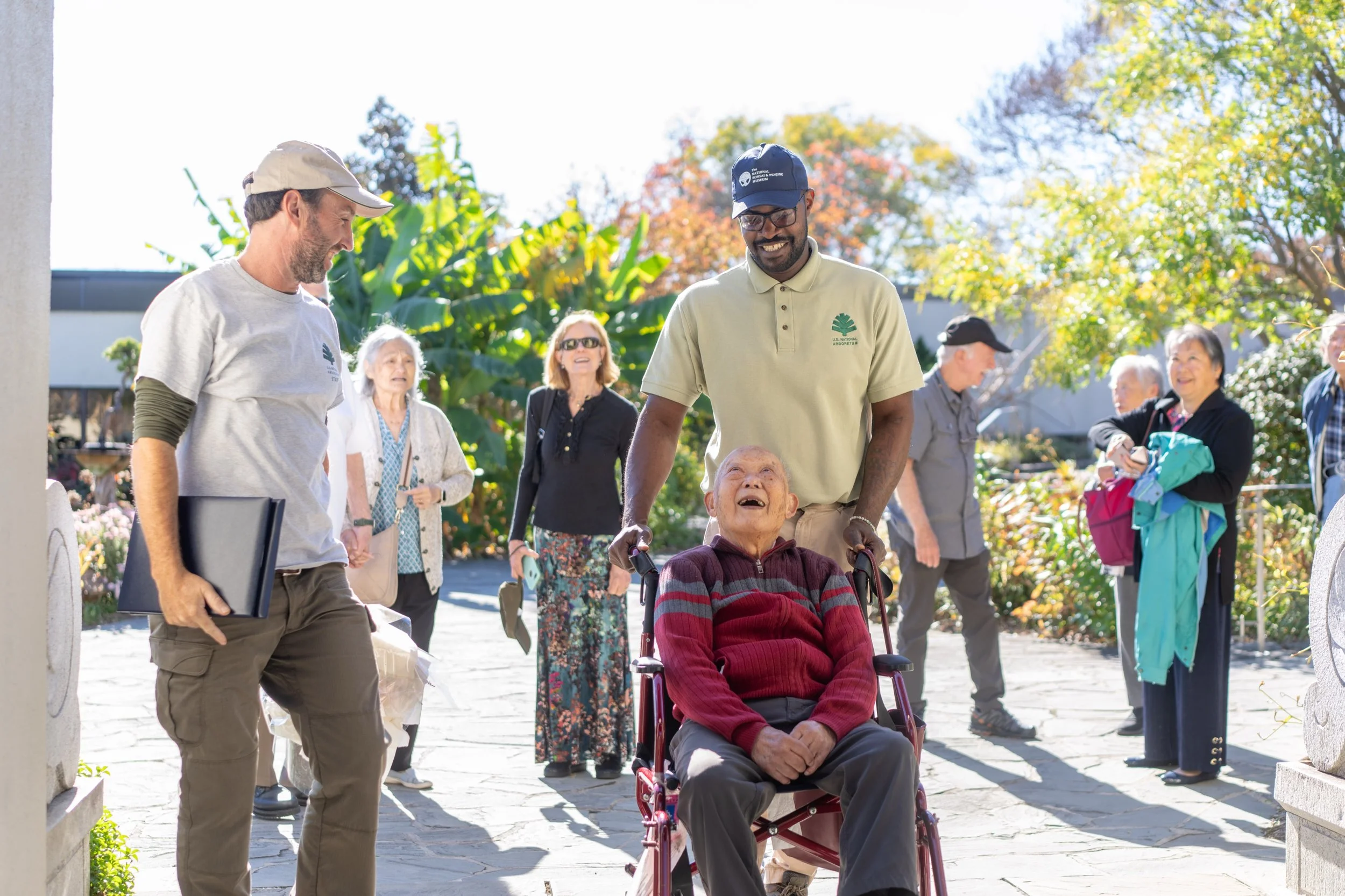When David Rizwan first saw a bonsai tree while searching online for plants to decorate his apartment, he thought there must be something “magical” about it.
“It’s a common misconception that there’s something mysterious there,” Rizwan said of bonsai. “There is a general lack of knowledge in the public, and I was a part of that – I didn’t know what was being done, I thought the trees were all special, small species, and it wasn’t something that a normal person can just do.”
Nonetheless, he was hooked, and took a deep dive into bonsai. He watched hundreds of YouTube videos on bonsai to learn everything he could about how “normal” people could possible create such an other-worldly work of art.
His personal collection quickly went from one Trident Maple to more than 60 trees before he was forced to “downsize.” His love for bonsai eclipsed all else, even prompting him to put his career as a quality manager and engineer in the medical device industry on hold to apply for the First Curators’ Apprenticeship at the National Bonsai & Penjing Museum.
“I put my career on hold to have more time for bonsai and fully immerse myself in the art,” he said. “Everybody thought I was crazy, but I firmly believed that wholeheartedly dedicating the time to learn and practice the fundamentals would set the best foundation for my artwork going forward.”
Less than three years after starting with bonsai, Rizwan is one month into his apprenticeship, and is pleased to confirm that no magical skills are required.
“Bonsai is for everyone,” he said. “It’s not a wealthy person or a magical person thing; it’s an everyone thing.”
The move also impressed his new team at the Museum: “David left a good job to work at the National Bonsai and Penjing Museum,” said Museum specialist Michael James. “That’s priceless.”
Although he is relatively new to bonsai, Rizwan has already learned a lot – both in technical skills and life lessons. He said that he has experienced many ways in which bonsai benefits its practitioners – a better understanding of nature, strengthening of empathy skills, and taking a new perspective to personal relationships.
“Bonsai mirrors other relationships in life,” he said. “Sometimes you have to do something that isn’t immediately as pleasant, but knowing that the future outcome is worth the temporary sacrifice. It’s that same feeling when cutting off a branch that isn’t quite fitting well, knowing that its removal will allow another branch to develop that will carry the design forward one day.”
In addition to getting more experience working with the high caliber of historic specimens at the museum, David hopes that this experience will help him further his goal of making bonsai more accessible to the general public, and help them recognize that bonsai is something they can do and benefit from.
David encourages visitors to come to the museum in each season to experience the breathtaking way that bonsai trees can change throughout the year, and to see different highlights from the collection.
“There’s only a fraction of trees on display at any given time,” he said. “Visitors should try not to get a false sense of lack of diversity if they just see lots of pines and maples. Visiting throughout the year will allow you to experience very different things in the collection, and in individual trees themselves. The same tree experienced three months apart can be drastically different, and each season has its value.”




















